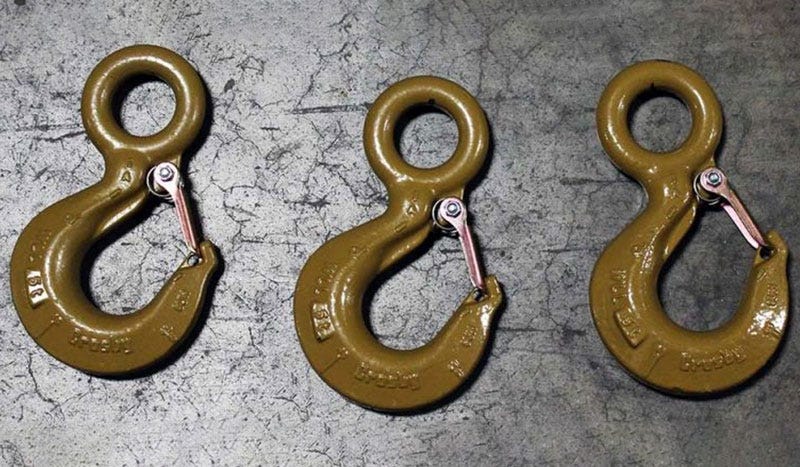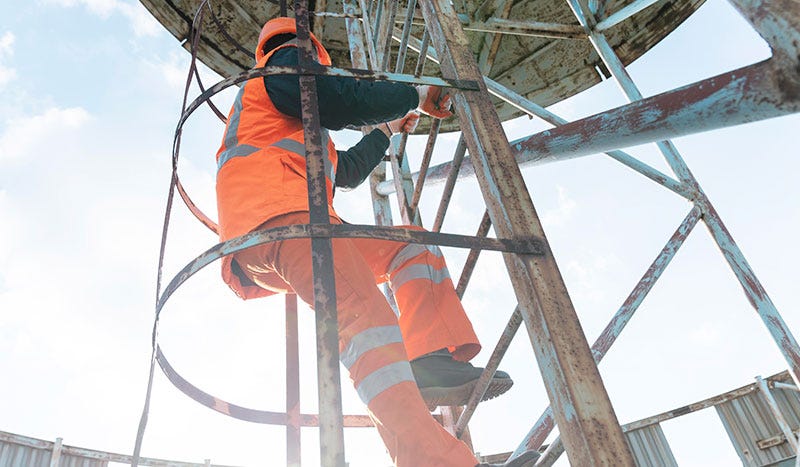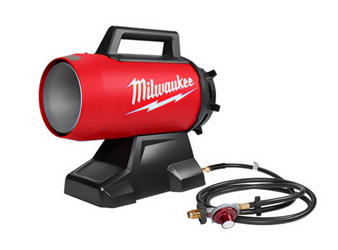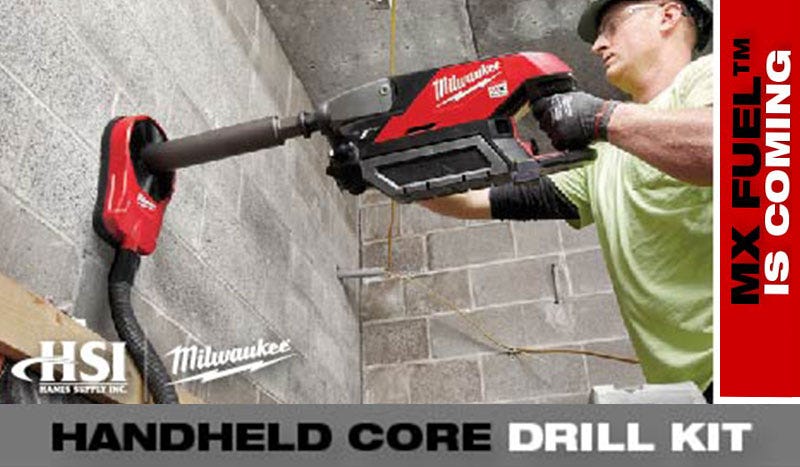ANSI ISEA 138: A New Standard for Impact Protection
- By Hanes Supply
- Mar 13, 2019
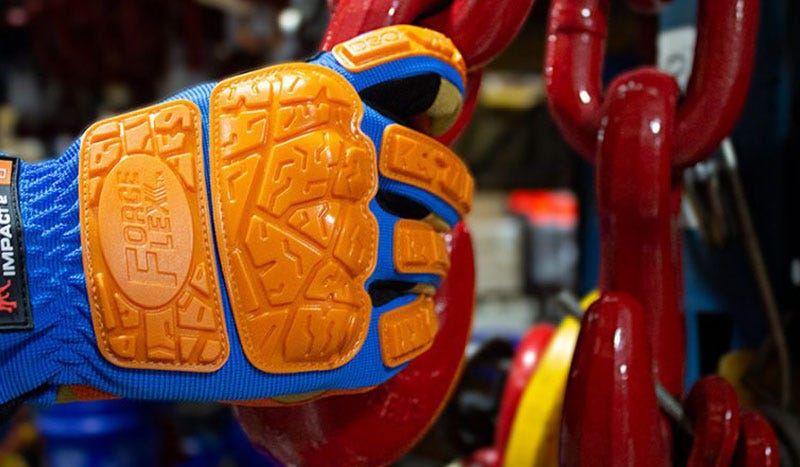
Across construction, industrial, gas, and oil industries, there’s one essential tool that every worker uses every day – their hands. Although the human hand is an incredible tool, it’s also a delicate one – the bones and tissues in the back of the hand are vulnerable to work related injuries ranging from bumps and bruises to breaks and crushes.
According to the US Department of Labor, injuries to fingers and hands made up over 23% of work related injuries, with the cost of a single hand or finger injury ranging from $540 to $730,000 per worker. The kicker is that, OSHA reports, over 70% of hand related injuries could have been prevented if the worker was wearing proper personal protective equipment.
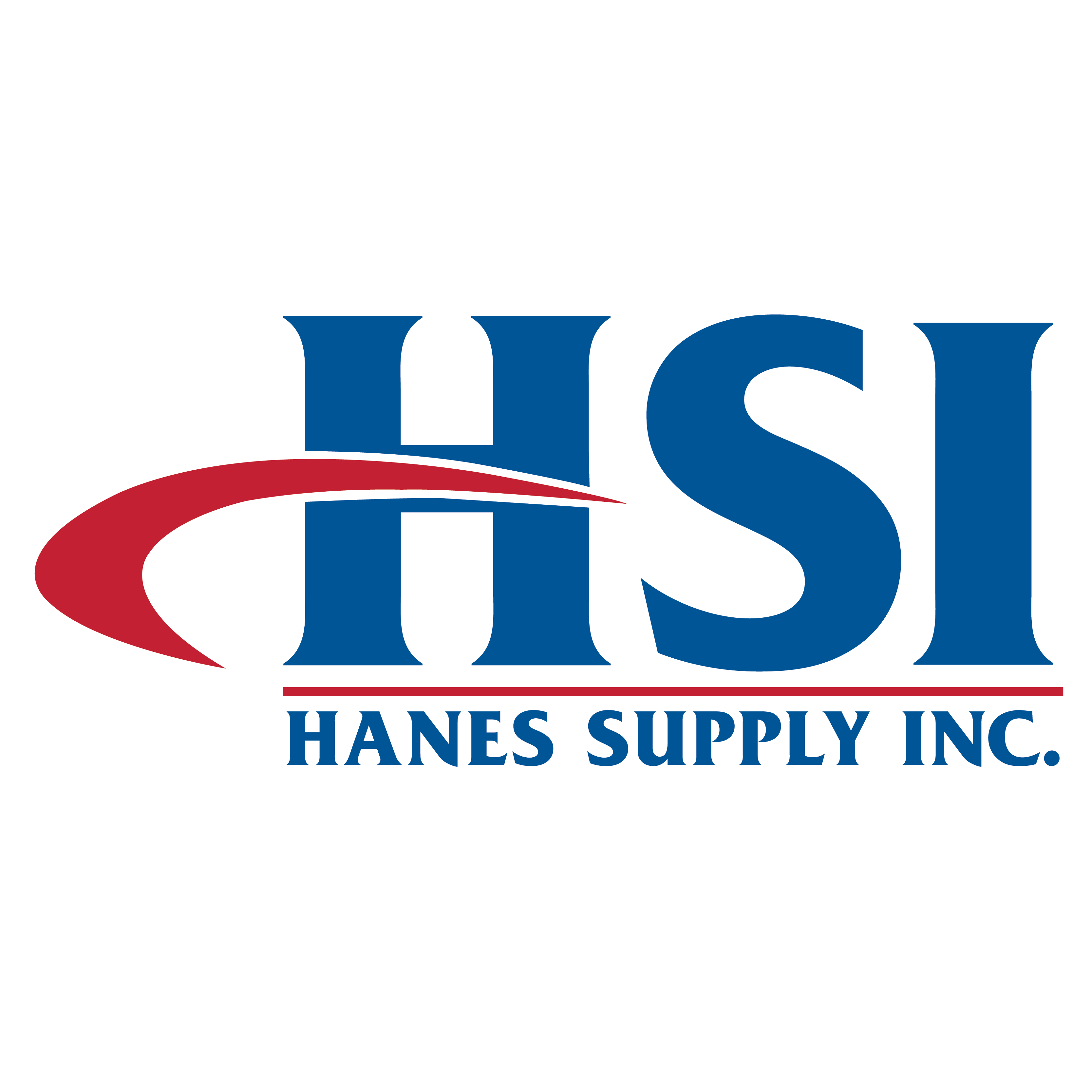
With hand injuries contributing to nearly a quarter of all work related injuries, the past decade has brought an increased demand for dorsal (back of hand) impact protection products. In response, manufacturers have released a variety of gloves in a number of designs and materials.
However, without standard assessments to measure the effectiveness of these products, consumers are left to guess at what gloves will give them the level of impact protection they require. With the safety of their employees at stake, PPE purchasing professionals need a reliable way to assess the impact protection provided by each product.
That’s why ANSI is introducing a new voluntary standard for impact protection in March of 2019. This standard is America’s first to establish testing, classification, and labelling standards for dorsal protection products. The goal of ISEA 138 is to provide a standard that is clear to understand and easy to implement – one that people will really use to prevent hand injuries.
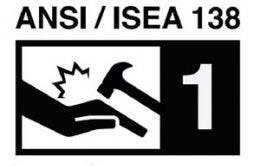
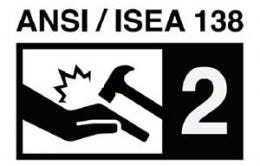
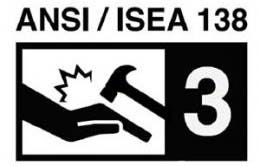
The three performance levels defined by ISEA 138 give a numerical and a pictorial representation of what impact protection the glove offers, with level 1 being the lowest level of protection and 3 being the highest.
This clear cut system will make it easy for employers to identify which level of protection is needed for each work task and to find gloves that match that need.
To assess the effectiveness of a product, the standard requires a 2.5 kg block to be dropped onto the glove with an impact energy of 5J. This test is performed on marked distances from the fingertip and on the knuckles.
The results of this test determine the Performance Level of the glove, with 3 offering the greatest level of protection.
Does your PPE system include dorsal impact protection gloves? Do they provide adequate protection for the tasks your worksite requires? For more information on how you can implement the ISEA 138 standard to keep workers’ hands safe, call one of HSI’s safety product experts at 1-888-426-3755.
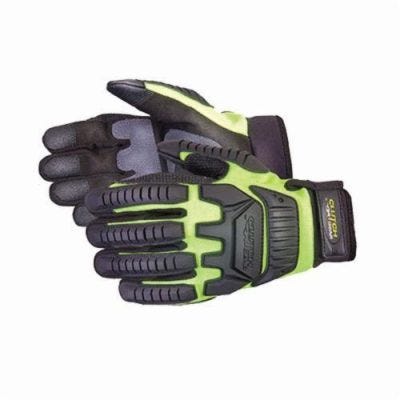
Clutch Gear® Impact Protection Gloves
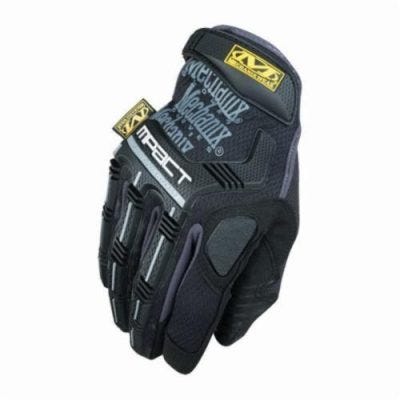
Mechanix Wear® M-PACT Gloves
According to the US Department of Labor, injuries to fingers and hands made up over 23% of work related injuries, with the cost of a single hand or finger injury ranging from $540 to $730,000 per worker. The kicker is that, OSHA reports, over 70% of hand related injuries could have been prevented if the worker was wearing proper personal protective equipment.

Why do we need PPE standards?
Although current United States safety standards include criteria for testing and classifying a glove’s protection against cuts, punctures, abrasion, and chemical resistance, until now there has been no standard to assess how PPE (personal protective equipment) performs when subjected to impact forces like falling equipment, bumps from swinging chains, or fingers pinched between machinery.With hand injuries contributing to nearly a quarter of all work related injuries, the past decade has brought an increased demand for dorsal (back of hand) impact protection products. In response, manufacturers have released a variety of gloves in a number of designs and materials.
However, without standard assessments to measure the effectiveness of these products, consumers are left to guess at what gloves will give them the level of impact protection they require. With the safety of their employees at stake, PPE purchasing professionals need a reliable way to assess the impact protection provided by each product.
That’s why ANSI is introducing a new voluntary standard for impact protection in March of 2019. This standard is America’s first to establish testing, classification, and labelling standards for dorsal protection products. The goal of ISEA 138 is to provide a standard that is clear to understand and easy to implement – one that people will really use to prevent hand injuries.
What is ANSI ISEA 138?
The new standard for impact protection was developed by the International Safety Equipment Association in partnership with materials expert D30 and several major PPE manufacturers. The standard promises four main objectives:- • Define an agreed method for testing impact forces on PPE
- • Include three defined performance levels
- • Specify a pictogram mark for each of the levels for compliant gloves
- • Require products be tested in a laboratory with a certificate of accreditation meeting the requirements set in ISO/IEC 17025:2017, General requirements for the competence of testing and calibration laboratories



The three performance levels defined by ISEA 138 give a numerical and a pictorial representation of what impact protection the glove offers, with level 1 being the lowest level of protection and 3 being the highest.
This clear cut system will make it easy for employers to identify which level of protection is needed for each work task and to find gloves that match that need.
To assess the effectiveness of a product, the standard requires a 2.5 kg block to be dropped onto the glove with an impact energy of 5J. This test is performed on marked distances from the fingertip and on the knuckles.
The results of this test determine the Performance Level of the glove, with 3 offering the greatest level of protection.
- • Performance Level 1: mean transmitted force ≤ 9 kN
- • Performance Level 2: mean transmitted force ≤ 6.5 kN
- • Performance Level 3: mean transmitted force ≤ 4 kN
Are you prepared for the new standard?
Although ANSI/ISEA 138 is a voluntary standard, its developers hope that consumers will grow to recognize and expect the pictograms on impact protection gloves, which will put the pressure on manufacturers to include the rating on all of their products.Does your PPE system include dorsal impact protection gloves? Do they provide adequate protection for the tasks your worksite requires? For more information on how you can implement the ISEA 138 standard to keep workers’ hands safe, call one of HSI’s safety product experts at 1-888-426-3755.

Clutch Gear® Impact Protection Gloves

Mechanix Wear® M-PACT Gloves



















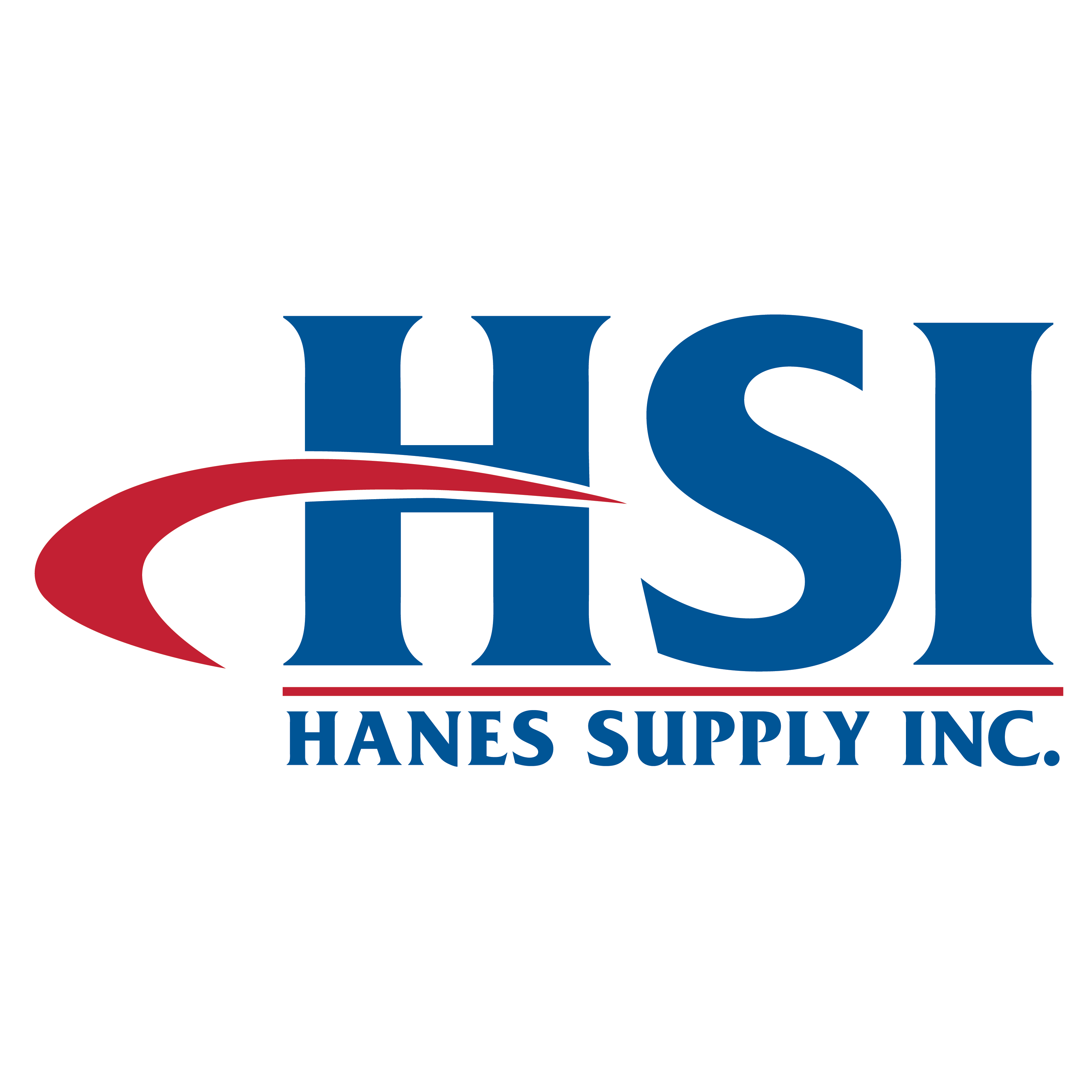

















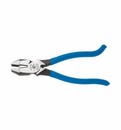 Klein® D2000-9ST 2000 Heavy Duty Rebar Work Cutting Plier, 9-3/8 in OAL
Klein® D2000-9ST 2000 Heavy Duty Rebar Work Cutting Plier, 9-3/8 in OAL
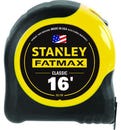 Stanley® FatMax® 33-716 Reinforced Tape Rule with BladeArmor®, 16 ft L x 1-1/4 in W Blade, Mylar® Polyester Film Blade
Stanley® FatMax® 33-716 Reinforced Tape Rule with BladeArmor®, 16 ft L x 1-1/4 in W Blade, Mylar® Polyester Film Blade
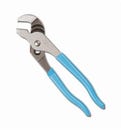 Channellock® 426 Tongue and Groove Plier, 7/8 in Nominal, 3/4 in L C1080 High Carbon Steel Straight Jaw, 6-1/2 in OAL
Channellock® 426 Tongue and Groove Plier, 7/8 in Nominal, 3/4 in L C1080 High Carbon Steel Straight Jaw, 6-1/2 in OAL
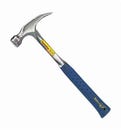 Estwing® E324S Framing Hammer, 16 in OAL, Smooth Surface, 24 oz Steel Head, Straight Claw, Steel Handle
Estwing® E324S Framing Hammer, 16 in OAL, Smooth Surface, 24 oz Steel Head, Straight Claw, Steel Handle
 Mayhew™ 62065 X-Long Pin Punch Kit, Hex Shank, 9-1/2 in OAL, 5 Pcs
Mayhew™ 62065 X-Long Pin Punch Kit, Hex Shank, 9-1/2 in OAL, 5 Pcs
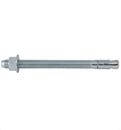 DeWALT® Power-Stud®+ Powers® 7449SD1-PWR Expansion Wedge Anchor, 3/4 in dia, 10 in OAL, 7-1/2 in L Thread, Carbon Steel, Zinc Plated
DeWALT® Power-Stud®+ Powers® 7449SD1-PWR Expansion Wedge Anchor, 3/4 in dia, 10 in OAL, 7-1/2 in L Thread, Carbon Steel, Zinc Plated
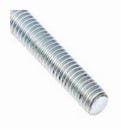 BBI® 777037 All Threaded Rod, 3/8-16, 12 ft OAL, Steel Alloy
BBI® 777037 All Threaded Rod, 3/8-16, 12 ft OAL, Steel Alloy
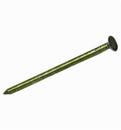 Primesource® 8CTDSKR Sinker Nail, 17/64 in, 2-3/8 in L, 9 ga, Vinyl Coated, Smooth Shank
Primesource® 8CTDSKR Sinker Nail, 17/64 in, 2-3/8 in L, 9 ga, Vinyl Coated, Smooth Shank
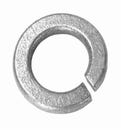 BBI® 754072 Medium Split Lock Washer, 1/2 in Nominal, 18-8 SS
BBI® 754072 Medium Split Lock Washer, 1/2 in Nominal, 18-8 SS

